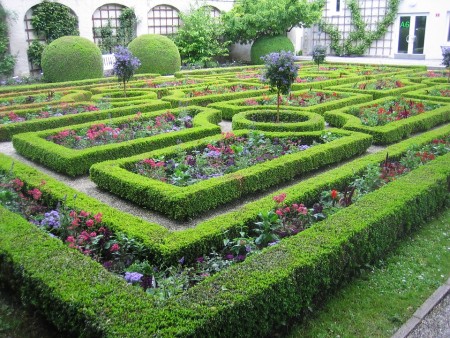How To Keep Your Lawn From Drying Out This Summer
Wednesday, July 20th, 2016There’s nothing worse than investing time and money into your dream yard only to see the grass wilt and dry out. Save yourself the frustration by learning how to properly care for your Arizona grass. With scorching summers and annual monsoons, it’s difficult to get things right the first time – but not impossible.

Commit yourself to research
Whether you’re installing fresh sod in Arizona or rehabilitating a dried out lawn inherited from prior homeowners, the first thing you should do is research the best grass and how to care for it. Take into account the soil’s pH level, shade to sunlight ratio, surrounding plant life, and your personal commitment to maintenance. Talk to neighbors whose lawns you love and ask what problems they’ve faced. A well-kept lawn does not happen by accident so it’s important to know what species is likely to thrive in your region and how much time and money you have to ensure its success.
Opt for sod over seed
Heat is a major inhibitor of healthy growth as watering can lead to nearly-instant evaporation. Seeds often require significant time to form strong roots unless you’re prepared to be diligent about watering and reseeding annually. Sod is a good choice for Arizona homeowners as its even easier to grow and maintain than starting with grass seeds for several reasons:
- Installing sod in Arizona is a “one and done” solution to a bare lawn. Simply prepare the soil and install sod the same day it arrives.
- Although seeding is less expensive than sod, that might not be the case in the long run if you’re forced to reseed annually and pay more for maintenance services.
- Sod is more resistant to weeds as there is less room for the seeds to settle and germinate.
- Sod is less likely to dry out. This is because seeds initially need to be watered several times per day to prevent dry soil. Although sod also needs moisture to become firmly rooted, the watering schedule is less demanding and decreases in frequency much earlier in the rooting process.
- Laying sod in Arizona is perhaps most advantageous for its instant curb appeal. This is appealing to both new homeowners eager to enjoy their lawn and those looking to put their home on the market quickly.
Know how to maintain sod in Arizona
Once you’ve committed to installing sod, heed the most common tips and tricks for avoiding a dry, stressed out lawn.
- Stay off the sod. Constant foot traffic from children and pets places unnecessary strain on new grass that is trying to form a healthy root system.
- Restrict your dog to one specific area of the yard to do his business. If you can help it, try to avoid the grass completely and train him to relieve himself on the pavement (which can easily be sprayed down) or rock landscaping.
- Prevent over fertilization by taking the proper precautions.
- Closely adhere to the watering schedule of your specific sod type. Remember: the dry Arizona heat speeds up evaporation, so be mindful of the frequency and depth of watering.
- Water early with evenly spaced sprinklers to avoid midday evaporation and fungal diseases caused by wet grass that festers in cool temperatures overnight.
- Mow only at the recommended height for your particular sod and leave the clippings throughout the yard to aid water absorption.
For an estimate to install sod in Arizona or for a professional guide to preventing dry patches, contact a sod specialist at 480-456-1199.




